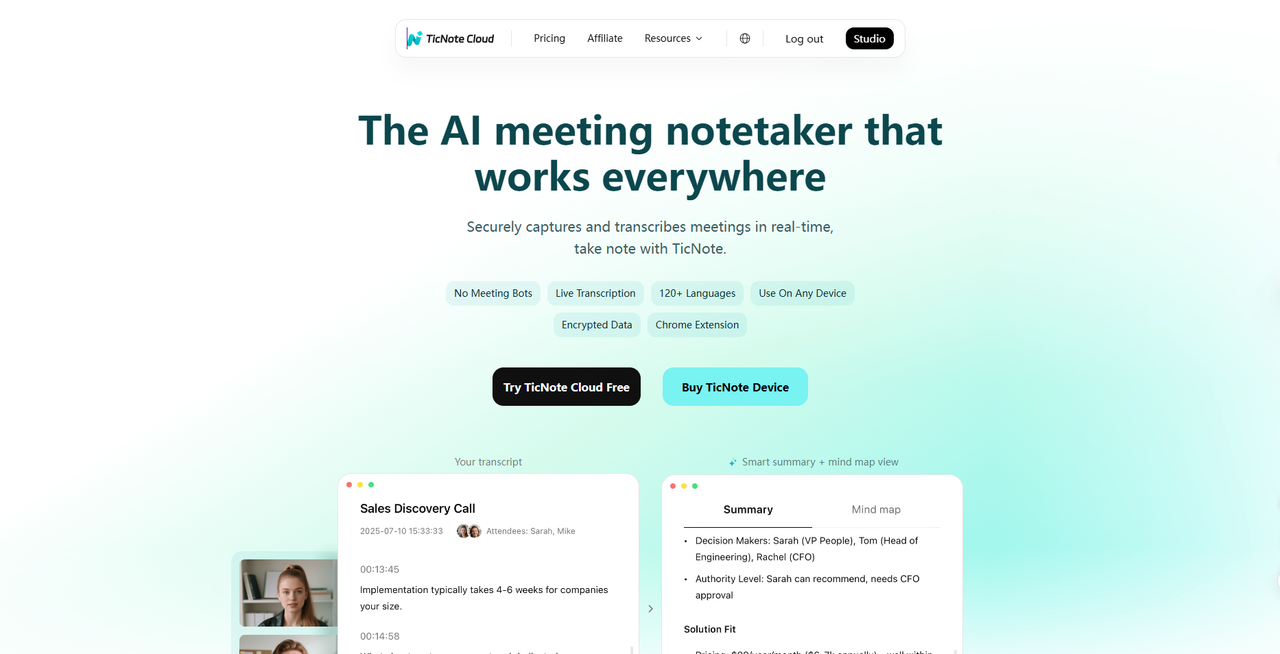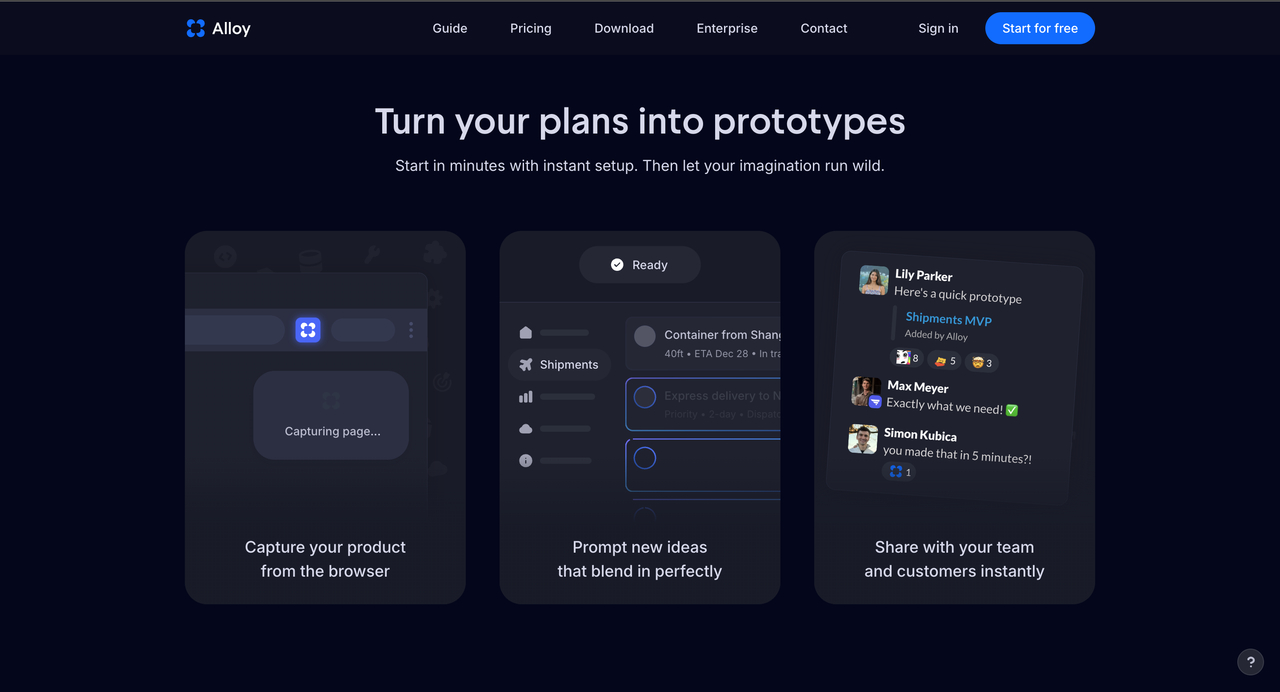The Creative Revolution: How Generative AI is Reshaping Art, Writing, and Design
 Imran Khan
Imran Khan 
The creative landscape is experiencing its most significant transformation since the digital revolution of the 1990s. Generative artificial intelligence has emerged as both a powerful tool and a controversial force, fundamentally altering how we create, consume, and think about art, writing, music, and design.
From AI-generated paintings selling for hundreds of thousands of dollars at auction to musicians collaborating with artificial intelligence to create chart-topping hits, we're witnessing the birth of a new creative paradigm. But this revolution raises profound questions: What does it mean to be creative when machines can generate art? How do we navigate issues of authorship, originality, and the value of human creativity in an AI-augmented world?
The Current State of AI-Generated Content
The numbers speak volumes about the rapid adoption of generative AI in creative fields. Adobe's 2024 Creative Trends Report reveals that 73% of creative professionals have experimented with AI tools, while 45% use them regularly in their workflow.
The technology has evolved dramatically in just two years. Where early AI art was easily identifiable by its surreal, dreamlike quality, today's generative models can produce images, text, music, and video that are virtually indistinguishable from human-created content.
Visual Arts and Design
Platforms like Midjourney, DALL-E, and Stable Diffusion have democratized visual creation, allowing anyone to generate professional-quality artwork with simple text prompts. The Guardian reports that AI-generated images now make up approximately 15% of all stock photography downloads, a figure that was virtually zero just three years ago.
Professional designers are integrating AI into their workflows for rapid prototyping, concept development, and iterative design processes. Fashion houses like Balenciaga and Tommy Hilfiger are using AI to generate initial design concepts and predict fashion trends based on social media data and cultural patterns.
Writing and Content Creation
The publishing industry has been equally transformed. Publishers Weekly reports that major publishing houses are now using AI for everything from generating marketing copy to assisting authors with writer's block and even creating entire novels in emerging genres.
News organizations like Reuters and Associated Press are employing AI to generate initial drafts of financial reports and sports summaries, which human journalists then refine and fact-check.
Music and Audio Production
The music industry has perhaps been the most surprising adopter of generative AI. Platforms like AIVA, Amper Music, and OpenAI's Jukebox are creating original compositions across genres. Billboard's 2024 analysis shows that AI-assisted music production has been used in over 200 charting songs, though often in subtle ways like generating backing tracks or suggesting melody variations.
Transforming Creative Workflows
The New Creative Process
Generative AI is changing not just what creatives produce, but how they work. The traditional creative process—research, ideation, creation, refinement—is being augmented at every stage:
- Research Phase: AI can analyze vast amounts of visual, textual, or audio references to identify patterns and trends
- Ideation: Generative tools can produce hundreds of concepts in minutes, serving as creative sparring partners
- Creation: AI can handle time-consuming technical work, allowing creators to focus on vision and direction
- Refinement: AI can generate multiple iterations rapidly, enabling faster experimentation
Democratization of Creative Tools
Perhaps most significantly, AI is lowering barriers to creative expression. A study published in Computers & Education found that individuals with no formal art training could produce work comparable to first-year art students when using AI tools, suggesting a fundamental shift in how we think about creative skill and talent.
Small businesses and independent creators can now produce professional-quality marketing materials, product designs, and content without expensive software or years of training. This democratization is creating new opportunities while also intensifying competition in creative markets.
Industry Adoption and Innovation
Film and Entertainment
Hollywood is rapidly integrating AI into production pipelines. Variety reports that major studios are using AI for storyboarding, concept art, and even generating dialogue for background characters. Netflix has invested heavily in AI for content recommendation and is experimenting with AI-generated promotional materials.
Independent filmmakers are using AI to create visual effects that would previously have required million-dollar budgets, leveling the playing field between indie productions and major studio releases.
Advertising and Marketing
The advertising industry has embraced AI with particular enthusiasm. Campaign magazine's 2024 survey found that 89% of creative agencies are using AI tools for campaign development, with 67% reporting improved efficiency and 54% noting enhanced creative output.
Brands are using AI to create personalized content at scale, generating thousands of variations of advertisements tailored to specific demographics, geographic regions, and cultural contexts.
The Human Element: Collaboration vs. Replacement
Creative Partnership Models
Rather than replacing human creativity, the most successful applications of AI in creative fields involve partnership models where AI handles technical execution while humans provide vision, emotion, and cultural context.
Renowned artist Refik Anadol has built his career on this collaboration, using AI to process massive datasets and create stunning visual installations. As he told Artforum, "AI is not replacing the artist; it's becoming a new medium, like paint or clay."
The Skills Evolution
Creative professionals are adapting by developing new skill sets that complement AI capabilities:
- Prompt Engineering: Crafting effective instructions for AI systems
- AI Curation: Selecting and refining AI-generated content
- Human-AI Workflow Design: Optimizing creative processes for human-AI collaboration
- Conceptual Thinking: Focusing on high-level creative strategy and emotional resonance
Challenges and Controversies
Copyright and Intellectual Property
The creative industries are grappling with complex legal questions about AI-generated content. A recent Nature study examining copyright implications found that current legal frameworks are inadequate for addressing AI creativity, leading to uncertainty about ownership and fair use.
High-profile lawsuits, including artists suing AI companies for training models on copyrighted work without permission, are setting precedents that will shape the industry for years to come.
Economic Disruption
While AI democratizes creativity, it also disrupts traditional creative economies. Freelance illustrators, copywriters, and graphic designers report increased competition from AI-generated content. The Freelancers Union's 2024 survey found that 38% of creative freelancers have experienced reduced demand for their services due to AI alternatives.
Quality and Authenticity Concerns
The flood of AI-generated content raises questions about quality control and authenticity. Pew Research found that 74% of consumers express concern about distinguishing between human and AI-created content, particularly in news and educational materials.
Future Implications and Trends
Emerging Technologies
Several technological developments will further transform creative industries:
- Real-time Generation: AI that can create content instantly during live performances or interactive experiences
- Emotion-Responsive AI: Systems that adapt creative output based on audience emotional responses
- Collaborative AI: Multiple AI systems working together on complex creative projects
- Personalized Content: AI that creates unique content for individual consumers
New Creative Formats
AI is enabling entirely new forms of creative expression that weren't possible before:
- Interactive Narratives: Stories that adapt in real-time based on reader choices and preferences
- Procedural Art: Artworks that continuously evolve using AI algorithms
- Synthetic Media: Realistic audio, video, and images generated entirely by AI
- Cross-Modal Creation: AI that translates between different creative mediums (text to image, music to visual art)
Navigating the Creative AI Landscape
For Creative Professionals
To thrive in this new landscape, creative professionals should:
- Embrace Experimentation: Regularly test new AI tools and techniques
- Focus on Uniquely Human Skills: Develop emotional intelligence, cultural sensitivity, and conceptual thinking
- Build Hybrid Workflows: Integrate AI tools into existing creative processes
- Maintain Ethical Standards: Develop guidelines for responsible AI use
- Collaborate Across Disciplines: Work with technologists to push creative boundaries
For Organizations and Institutions
Creative organizations should invest in:
- Education and Training: Helping staff develop AI literacy and integration skills
- Ethical Frameworks: Establishing clear guidelines for AI use and attribution
- Technology Infrastructure: Providing access to cutting-edge AI tools and computing resources
- Legal Preparedness: Staying informed about evolving copyright and intellectual property laws
Conclusion: The Future of Human Creativity
The creative revolution driven by generative AI is not about replacing human creativity—it's about augmenting and expanding it. We're entering an era where the barriers between imagination and creation are lower than ever, where anyone can participate in creative expression, and where new forms of art and media are constantly emerging.
The most successful creators of the future will be those who learn to dance with AI rather than compete against it. They'll use these powerful tools to amplify their vision, accelerate their workflows, and explore creative territories that were previously impossible to reach.
As we navigate this transformation, the fundamental human elements of creativity—emotion, meaning, cultural context, and personal experience—remain irreplaceable. AI may be able to generate content, but it cannot feel, dream, or understand the human condition in the way that drives truly meaningful creative work.
The creative revolution is just beginning, and its ultimate impact will depend not on the capabilities of AI, but on how thoughtfully and imaginatively we choose to collaborate with these powerful new tools.
Featured Tools

TicNote Cloud
From real-time meeting transcription to multilingual summaries and knowledge insights, our AI note taker helps you organize, share, and never miss what matters.

Alloy
Alloy AI Prototyping

Scop.ai
Create, share and discover professional AI system prompts. Build better AI interactions with our collaborative prompt library and management tools.